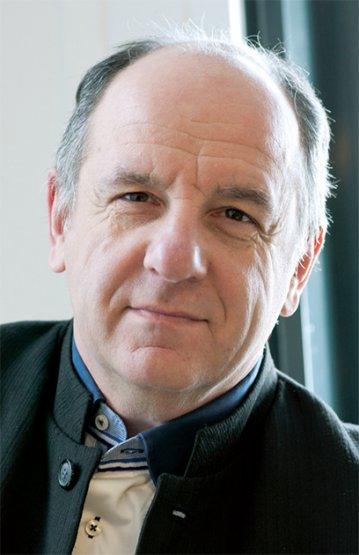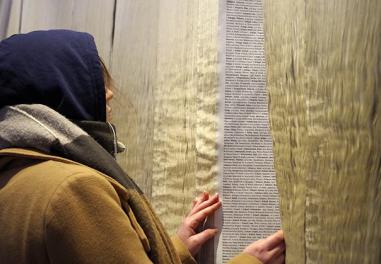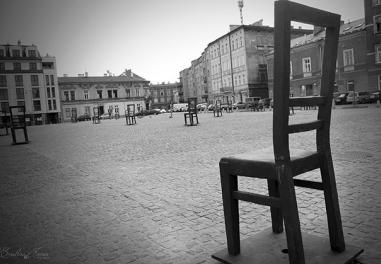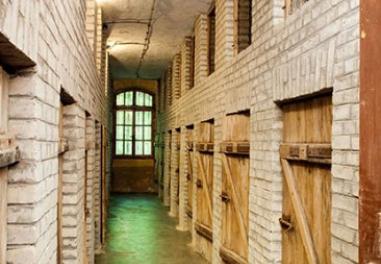Denis Peschanski 2018
Head of research at the CNRS and a specialist in Second World War history and remembrance, Denis Peschanski spoke at a conference at Metz high school on the mechanisms for the construction of collective memory.

Could you briefly explain to us the mechanisms for the construction of memory?
Let’s take two examples from the Second World War: the exodus of May-June 1940 and the Allied bombing of Normandy in 1944. Although these were both major events, neither has been etched in the collective memory, because they did not make sense to society. What could be done, in the case of the exodus of 1940, about the fear that led nearly eight million French people to flee before the rapidly advancing German army? The entire country witnessed it, yet it has negative associations with things like shame, flight and looting. In the case of the Allied bombings, what meaning might be given to bombs dropped by the very people who were coming to liberate you, albeit at a cost of large-scale destruction, with whole towns reduced to ashes and thousands of victims? Memory is selective and conserves only those events which contribute to the construction of identity and are therefore of social utility. The conditions for inclusion in the remembrance narrative are therefore not fulfilled.
To take a contemporary example, my colleagues at the CNRS and I did a study of the terrorist attacks of 13 November 2015. They tend to be referred to as the “Bataclan” attacks: the café and restaurant terraces of the 10th arrondissement and the Stade de France seem to have faded from the collective memory. This shows how selective our representation of the past can be.
So what are the conditions for making memory collective?
Today, we are seeing a big debate around terms like individual memory, shared memory, cultural memory, collective memory. These are extremely sensitive subjects. Collective memory is a memory shared by a number of people belonging to the same group. Unlike history, which is based on the real importance of an event at the time it takes place, it is founded on a feeling of the utility of an event for the construction of group identity.
For an event to be preserved in the collective memory, it must have meaning: both positive and negative aspects of the past - like collaboration and the Vichy regime, which make up a negative side in opposition to the Resistance - must therefore be of social utility. Thus, the role of memory is not to prevent the same events from happening again - which is alas doomed to failure - but to create a feeling of identity, a social bond, to enable the population to exist collectively.
But memory is not frozen in time; it evolves and acts upon history: take the example of Jean Moulin, who was not incorporated in the collective memory as a Resistance hero until December 1964, the date of his admission to the Pantheon and of Malraux’s famous speech. It is the symbolism behind the figure that establishes them as a hero in our collective memory.
How can we assimilate certain remembrance sites, such as the death camps? What is the best approach to take?
Sites of major importance in terms of remembrance attract floods of tourists. Yet places like these, with such a tragic history, are difficult to assimilate. Auschwitz, for instance, receives ever increasing numbers of visitors; remembrance tourists from all over the world come in their thousands to contemplate at this symbolic Holocaust site. This need for respect and contemplation is a testament to the vividness of this collective memory. But it is essential for a balance to be struck between such gestures and the purpose of remembrance, depending on the site or event. Remembrance is above all within us, in our emotions, our most intimate selves, our thoughts about past events.
Visiting a place like Auschwitz is demanding: a great effort is needed from everyone to confront the indescribable, and a considerable time is required to take it all in. This was reflected in the approach taken by your teachers, and I congratulate them for it.
Read more
Articles of the review
-
The file

Young reporters of remembrance
Henri Borlant was the only Jewish child under 16 who was arrested in 1942 to escape from Auschwitz. Deported in July, he survived three years in the death camp. On his return, he became a doctor. When Les Chemins de la Mémoire invited him to meet with students of the Metz Lycée de la Commu...Read more -
The event

In the footsteps of la deportation
Read more -
The figure

Le Fort de Queuleu
Following on from their Eastern European remembrance trip, the students from Metz visited the former internment and transit camp at Queuleu. It was an opportunity for them to see where European history meets the history of their region and of the Resistance fighters who were arrested there.
Read more

